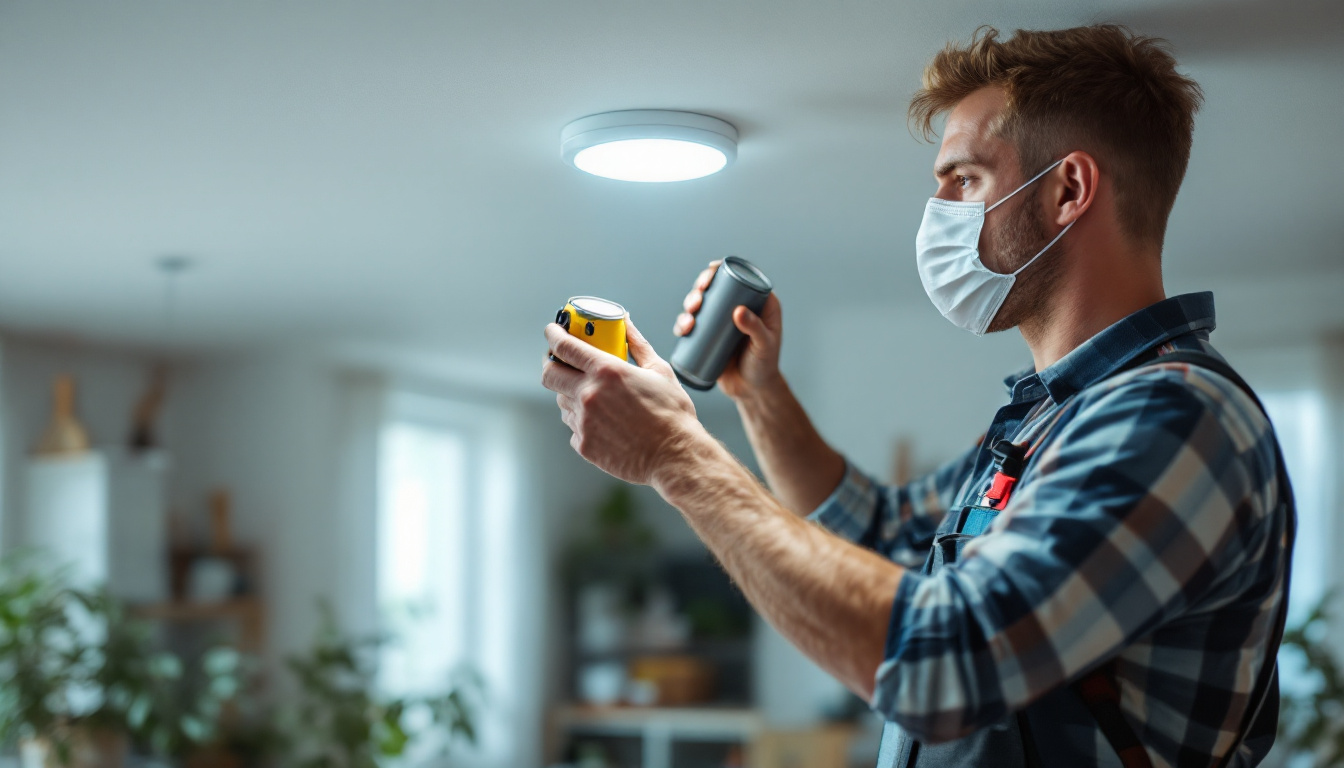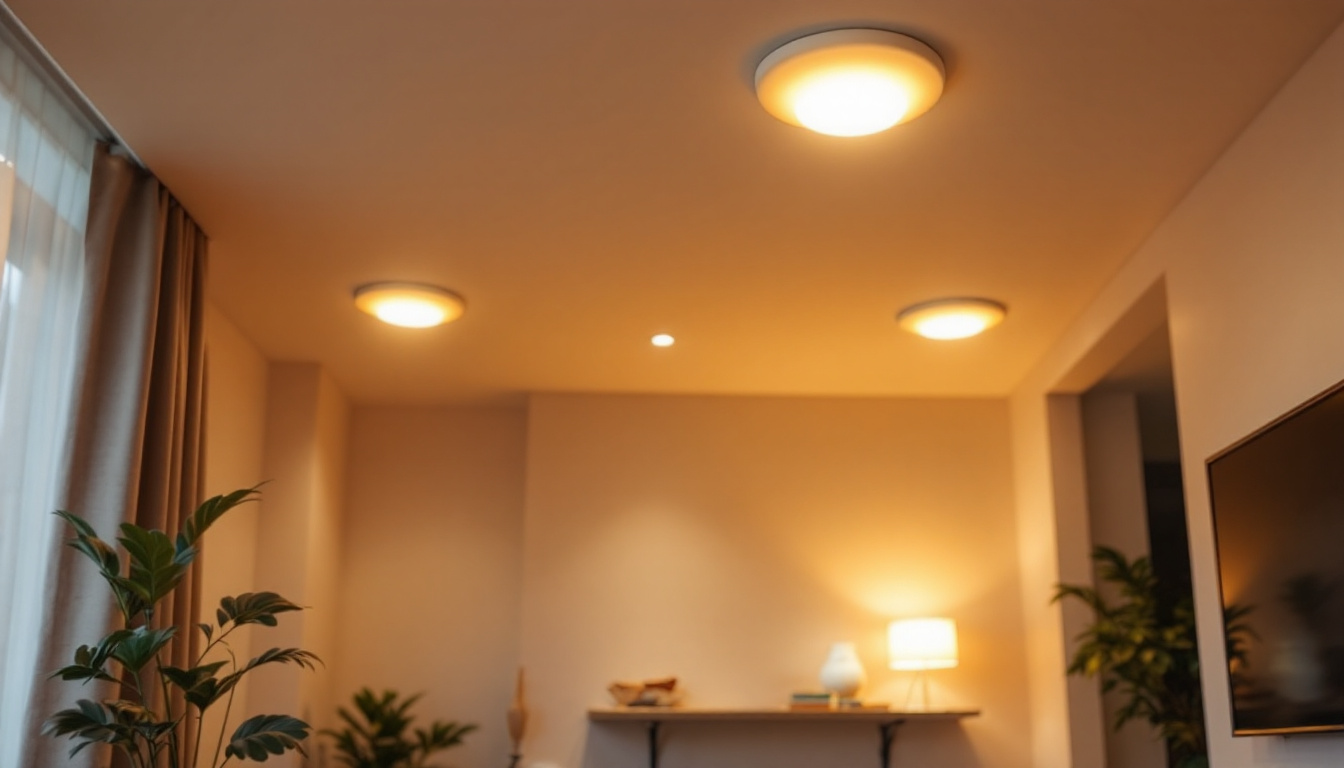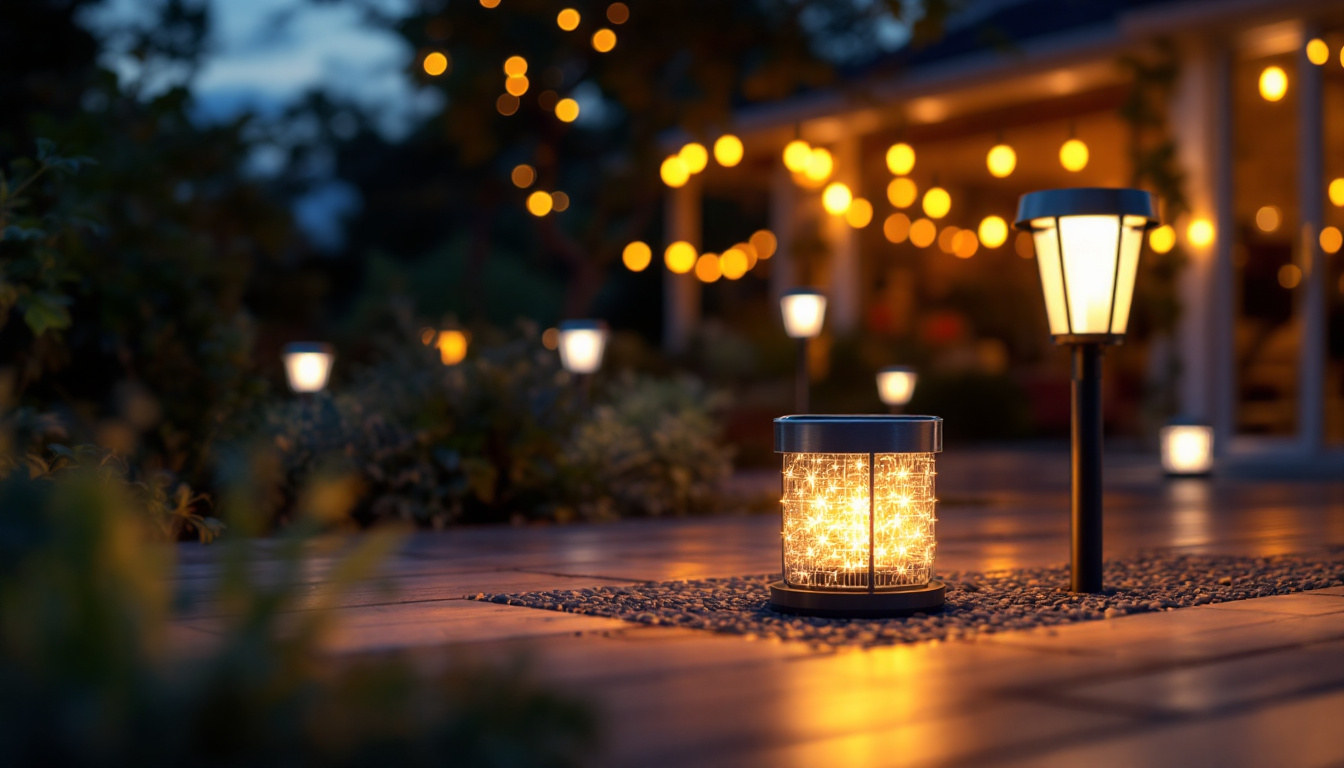

In the competitive world of lighting design and installation, understanding how to adapt and innovate can set contractors apart from the rest. One such innovation is converting canned lights to recessed lights. This process not only enhances the aesthetic appeal of a space but also opens up new opportunities for contractors to win more lighting contracts. This article will guide you through the steps involved in this conversion, the benefits it offers, and tips for presenting this service to clients.
Before diving into the conversion process, it’s essential to understand the differences between canned lights and recessed lights. Canned lights, also known as can lights or pot lights, are typically installed in ceilings and provide focused illumination. They are often used in spaces where a clean, streamlined look is desired. Their design allows for a variety of bulb types, which can produce different intensities and colors of light, making them suitable for various applications, from task lighting in kitchens to ambient lighting in living rooms.
On the other hand, recessed lights are designed to be installed within the ceiling, creating a seamless look that integrates with the overall design of the room. They provide ambient lighting and can be used to highlight specific areas or features within a space. The ability to adjust the angle of some recessed lights allows for versatility in directing light where it is needed most, such as illuminating a dining table or showcasing a piece of artwork. Understanding these differences will help contractors explain the benefits of converting to recessed lighting to their clients.
Recessed lighting offers numerous advantages that can appeal to both contractors and clients. One of the primary benefits is the aesthetic enhancement it provides. Recessed lights create a clean and modern look, making spaces feel larger and more open. Additionally, they can be strategically placed to highlight artwork, architectural features, or specific areas within a room. This focused illumination can add depth and dimension to a space, transforming ordinary rooms into visually stunning environments.
Another significant advantage is the versatility of recessed lighting. With various styles, sizes, and color temperatures available, contractors can tailor the lighting to meet the specific needs of each project. This adaptability can be a selling point when pitching the conversion service to potential clients. For instance, warm white lights can create a cozy atmosphere in residential settings, while cooler tones may be more suitable for commercial spaces, enhancing productivity and focus. Furthermore, the option to use dimmers with recessed lights allows for customizable lighting levels, enabling clients to adjust the ambiance according to their preferences or activities.
energy efficiency is a critical consideration in today’s lighting market. Recessed lights often use LED technology, which consumes less energy compared to traditional incandescent bulbs. This not only reduces electricity costs for clients but also aligns with the growing demand for sustainable building practices. Highlighting the energy-saving benefits of recessed lighting can be a compelling argument for contractors looking to win more contracts. Additionally, many LED recessed lights have a longer lifespan than their incandescent counterparts, which means less frequent replacements and reduced waste over time.
Moreover, the integration of smart technology with recessed lighting systems is becoming increasingly popular. Smart recessed lights can be controlled via smartphone apps or voice assistants, allowing users to adjust brightness, color, and even set schedules for their lighting. This level of control not only enhances convenience but also contributes to further energy savings, as clients can ensure lights are only on when needed. As the trend towards smart homes continues to grow, contractors who offer recessed lighting solutions that incorporate these advanced features may find themselves ahead of the competition, appealing to tech-savvy clients eager for modern solutions in their homes or businesses.
Successfully converting canned lights to recessed lights requires specific tools and materials. Having the right equipment on hand will streamline the process and ensure a professional finish. Below is a list of essential items needed for this conversion.
Having these tools and materials ready will not only make the conversion process smoother but also demonstrate professionalism and preparedness to clients. Additionally, it’s important to consider the type of recessed lights you choose, as they come in various styles, sizes, and brightness levels. Opting for LED fixtures can significantly reduce energy consumption and provide a longer lifespan compared to traditional incandescent bulbs. Furthermore, selecting dimmable options can enhance the ambiance of the space, allowing for greater control over lighting intensity depending on the time of day or activity.
Before starting the installation, it’s also wise to familiarize yourself with local electrical codes and safety regulations. This knowledge ensures compliance and can prevent potential hazards down the line. For instance, some areas may require specific types of insulation around the fixtures to prevent overheating, while others may have guidelines on the distance between fixtures. Taking the time to research these aspects can save you from costly mistakes and ensure that your recessed lights not only look great but also function safely and efficiently.
Converting a canned light to a recessed light is a manageable task for experienced contractors. Below is a step-by-step guide to facilitate this process, ensuring that the conversion is done safely and effectively.
Before beginning any electrical work, safety should always be the top priority. Start by turning off the power to the existing canned light at the circuit breaker. This prevents any accidental electrical shocks during the conversion process. It’s also advisable to use a voltage tester to ensure that the power is indeed off.
Once the power is off, carefully remove the existing canned light fixture. This typically involves unscrewing the trim and gently pulling the fixture out of the ceiling. Be cautious of any wiring connected to the fixture; it’s essential to handle these with care to avoid damage.
Disconnect the wires by unscrewing the wire nuts and separating the wires. It’s helpful to take a photo of the wiring setup before disconnection, as this will serve as a reference when connecting the new recessed light.
With the canned light removed, inspect the ceiling for any necessary repairs or adjustments. If the new recessed light requires a different size opening, use a drywall saw to create the appropriate hole. Ensure that the hole is clean and free of debris to allow for a secure installation.
Additionally, check for any insulation that may need to be moved or adjusted to accommodate the new fixture. Proper insulation placement is crucial for energy efficiency and compliance with local building codes.
Now it’s time to install the recessed light fixture. Follow the manufacturer’s instructions for installation, as different fixtures may have unique requirements. Typically, this involves connecting the wiring: match the black (hot) wire, white (neutral) wire, and ground wire, securing them with wire nuts.
After connecting the wires, carefully push the fixture into the ceiling hole. Ensure that it is flush with the ceiling surface and secure it according to the manufacturer’s guidelines. This may involve using clips or screws to hold the fixture in place.
Once the recessed light is installed, it’s time to restore power at the circuit breaker. Turn on the light switch to test the new fixture. If it functions correctly, congratulations! The conversion is complete. If there are any issues, double-check the wiring connections and ensure that the fixture is securely installed.
After mastering the conversion process, the next step is effectively presenting this service to clients. Highlighting the benefits and showcasing the value of converting canned lights to recessed lights can significantly increase the likelihood of winning contracts.
When discussing the conversion with potential clients, it’s essential to create a compelling pitch. Start by explaining the aesthetic benefits of recessed lighting, emphasizing how it can transform a space. Use visual aids, such as before-and-after photos, to illustrate the potential impact of the conversion.
Additionally, discuss the energy efficiency and cost savings associated with recessed lighting. Providing statistics or case studies from previous projects can help reinforce the benefits and build trust with clients.
Every client has unique needs and preferences. Offering customized solutions can set a contractor apart from competitors. Discussing various fixture options, styles, and placements allows clients to envision how recessed lighting can enhance their specific spaces.
By tailoring the conversation to the client’s preferences, contractors can create a more engaging and personalized experience, increasing the likelihood of winning the contract.
Converting canned lights to recessed lights is a valuable skill for lighting contractors. Not only does it enhance the aesthetic appeal of a space, but it also offers energy efficiency and versatility. By mastering the conversion process and effectively presenting this service to clients, contractors can position themselves as experts in the field, ultimately winning more lighting contracts.
As the demand for modern and efficient lighting solutions continues to grow, staying ahead of the curve with skills like this conversion can be the key to a successful lighting business. Embracing innovation and understanding client needs will ensure that contractors remain competitive in the ever-evolving lighting market.
Ready to elevate your lighting projects and impress your clients with seamless conversions from canned lights to recessed lighting? Look no further than LumenWholesale for all your lighting needs. We provide contractors with high-quality, specification-grade lighting products at unbeatable wholesale prices. Our extensive selection not only meets but exceeds industry standards, ensuring your projects shine with reliability and performance. Plus, with free shipping on bulk orders, you can stock up on premium lighting without the worry of hidden fees. Make the smart choice for your business and experience the ideal combination of quality, affordability, and convenience. Visit LumenWholesale today and secure the best value in wholesale lighting for your next contract-winning project.

Discover the essentials of 8-inch recessed lighting with our comprehensive guide tailored for lighting contractors.

Discover innovative strategies from expert lighting contractors on harnessing solar power for outdoor illumination.

Discover how “Exit Lights: Simplifying for Lighting Contractors” streamlines the selection and installation process for lighting professionals.

Discover why purchasing residential lighting in bulk from local distributors might not be the best choice.
Get notified when NEW deals are released.
Optimize your budget with wholesale discounts.
Only top-quality, specification-grade lighting products.
No additional costs at checkout - what you see is what you pay.
We understand the unique needs of contractors.